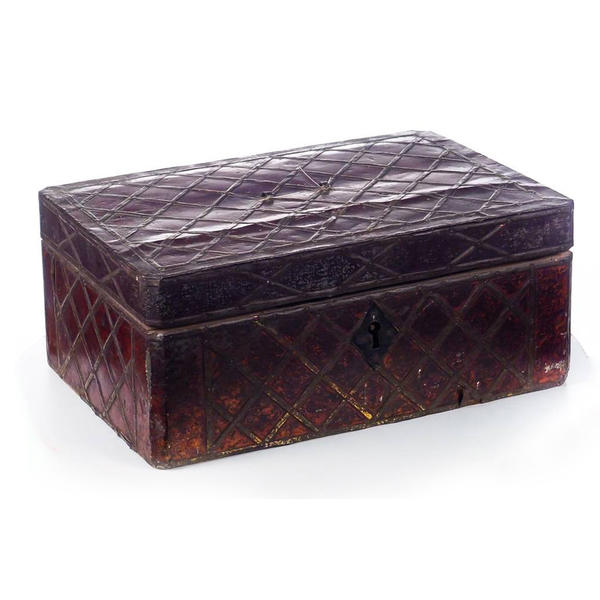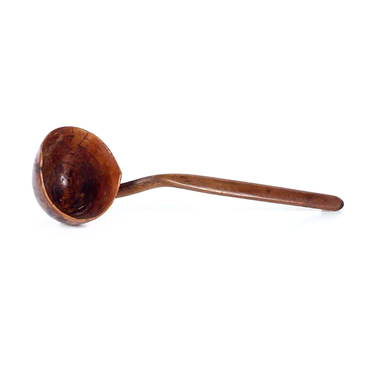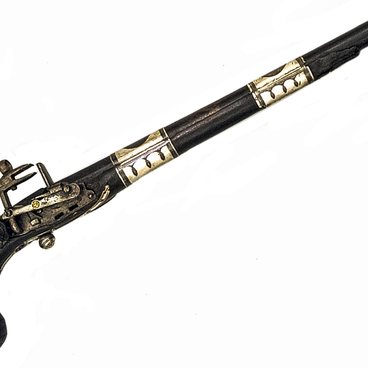Chests have remained the most popular piece of furniture used by the Adyg people for many centuries to keep their most valuable possessions like ancient weapons, their best clothes and bed linen. Such chests traditionally stood against the wall. They came in various sizes with small ones – like the one on display here – rarely exceeding 30 to 60 centimeters in height, while large ones could easily be 120 centimeters high.
Craftsmen manufactured such chests primarily from wood carefully selecting their wooden material. The Adygs distinguished ‘beneficial’ trees from ‘disagreeable’ ones. The former were useful and bestowed goodness upon humans, the use of the latter for manufacturing furniture and household items was avoided.
In the Adyg language, beneficial trees were named ‘ch’ig og’url’ and the name applied to oaks, lindens, and a lot of fruit plants, like pear trees, apple trees, mulberry, rosehip, and many others. The Adygs especially revered the ash-tree. The common belief was that the tree would bring happiness and wellbeing to any family that has grown it.
Craftsmen manufactured such chests primarily from wood carefully selecting their wooden material. The Adygs distinguished ‘beneficial’ trees from ‘disagreeable’ ones. The former were useful and bestowed goodness upon humans, the use of the latter for manufacturing furniture and household items was avoided.
In the Adyg language, beneficial trees were named ‘ch’ig og’url’ and the name applied to oaks, lindens, and a lot of fruit plants, like pear trees, apple trees, mulberry, rosehip, and many others. The Adygs especially revered the ash-tree. The common belief was that the tree would bring happiness and wellbeing to any family that has grown it.



